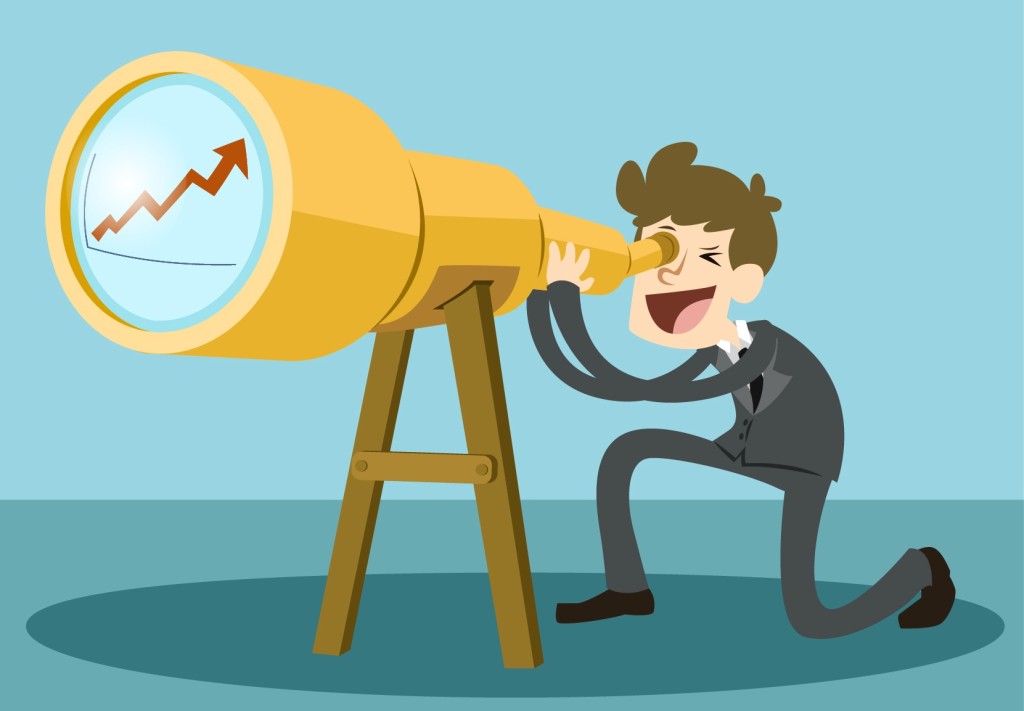 One of the biggest buzzwords today in the B2B marketing industry is “predictive analytics,” or the idea that crunching massive amounts of data is going to lead to better marketing and sales decisions. Given enough data and computing power, the thinking goes, it’s possible to discover predictable patterns among customers and prospects. And the more predictable these customers and prospects become, the more likely it is you can boost sales.
One of the biggest buzzwords today in the B2B marketing industry is “predictive analytics,” or the idea that crunching massive amounts of data is going to lead to better marketing and sales decisions. Given enough data and computing power, the thinking goes, it’s possible to discover predictable patterns among customers and prospects. And the more predictable these customers and prospects become, the more likely it is you can boost sales.
As a result, there are 3 important ways that predictive analytics can lead to B2B marketing success.
First and most importantly, it can determine which of the prospects in your sales funnel have the highest “win potential.” Since you might only be able to convert 5 percent of all leads that go into your sales funnel, this is actually a huge advantage. If you can focus your time and resources only on those prospects who are most likely to become future customers, you can change the conversion figures at the end of the sales funnel. Maybe that 5 percent becomes 6 percent or 7 percent.
Even a small incremental improvement in the conversion rate could have a huge impact on sales. The leads that the marketing team is handing off to the sales team are not just “qualified,” they are statistically and mathematically proven to have a higher potential of converting.
The second big way that predictive analytics can help is by predicting customer demand for products in your company’s portfolio. The most frustrating aspect of running a business is to create a truly dynamic and groundbreaking product, only to find that nobody wants to buy it. Or maybe they’re not buying it in big enough quantities to make it pay off.
Let’s face it – trying to predict customer demand on the basis of focus groups or, even worse, “hunches,” is a recipe for disaster. A Harvard Business Review study found that big data – the data that goes into predictive analytics – is particularly good at predicting demand at the “long tail” of any potential product distribution. Those are typically niche products with very defined customer preferences, tastes and behaviors. As a result, demand for those products is easier to predict.
And there’s one other way that predictive analytics can lead to B2B marketing success, and that’s figuring out the right types of discounts, promotions and offers that are most likely to move a sales lead through the sales funnel. You might be able to predict, for example, that price discounts don’t really work for your customers, who might be relatively price-insensitive. Or, you might find that seasonal promotions work best.
You can think of these promotions, offers and discounts as all the little tips and tricks you have at your disposal to tweak customer behaviors. The more data you have to examine, the more likely you can come up with the optimal mix.
The era of Big Data is here, and that means the companies that are best able to make sense of all the data out there are the ones who are going to create competitive advantage within their respective industries. It means that your marketing and sales teams can generate only the reports that really matter, and focus only on the leads that have the highest chance of converting later. That’s a huge edge for your business if you can essentially predict the future.
